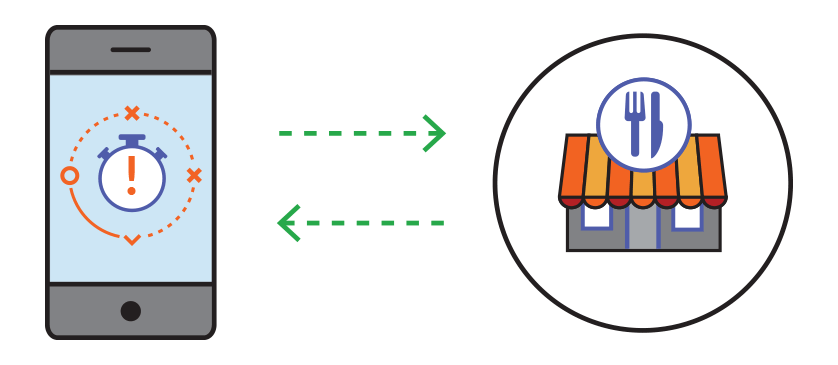Doesn’t it seem like any time a new food safety regulation is enacted, a new set of time-consuming procedures and compliances comes along with it? All of these new Standard Operating Procedures (SOPs) and Prerequisite Programs (PRPs) are adding up, driving many restaurants to realize that they can no longer afford to wait until the eleventh hour to prepare for an upcoming third party assessment. There’s just too much to manage.
Today’s regulations are so broad and detailed that it’s nearly impossible to remain compliant if you’re not ahead of the game. So instead of running around at the last minute trying to find and fix problems like chickens with their heads cut off, more and more restaurants are performing ongoing internal audits to review all aspects of their store operations on a regular basis.
In the end, nothing drives food safety and continuous improvement quite like an internal audit. There’s more pressure for employees to remain compliant if the idea of regular audits becomes part of their day-to-day job. Plus, a good internal audit program helps make sure you’re “audit-ready” if and when the dreaded federal review rears its ugly head.
4 Key Benefits Of Continuous Internals Audit for Restaurants
1. Find and fix problems faster
Internal audits often reveal issues before they become even bigger problems (i.e. Is that broken tile going to get worse and hurt someone?) Plus, when you identify nonconformity on your own, you have time to make adjustments, changes, and course-corrections before a federal inspection reveals them and you’re hit with a hefty fine…or even worse, somebody gets injured or sick.
2. Establish and maintain accountability

You have processes and procedures in place for a reason. And while we’d all love to believe that all of our employees are doing everything they should be doing at all times, ongoing auditing takes any question out of the equation. Continuous audits can tell you who did what, when, and how – and if anything goes wrong – you can you can keep them honest and held responsible for their actions.
3. Drive operational efficiency
By habitually monitoring processes and procedures, you’ll discover whether operations are running as expected, whether employees are executing procedures as planned, and whether they’re filling out the proper paperwork to document completed tasks. From there, you can make tweaks and adjustments to make sure your set procedures are driving efficiencies and improvements.
4. Continuous Restaurant Audit = Continuous Process Improvement
Continuous auditing generates a lot of data. And when you take the time to analyze this data, you’ll gain a better understanding of whether things are getting better or worse over time. And if things aren’t getting any better, you can use the data to identify trends and make smart, incremental changes on an ongoing basis until you’re running like a well-oiled machine.
Interested in learning more? Download our Restaurant Food Safety White Paper for a deeper dive.








